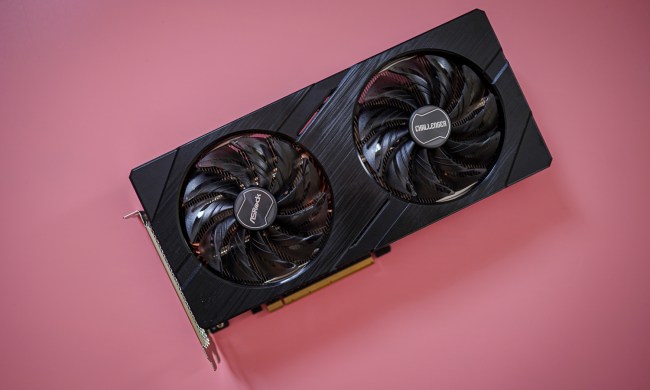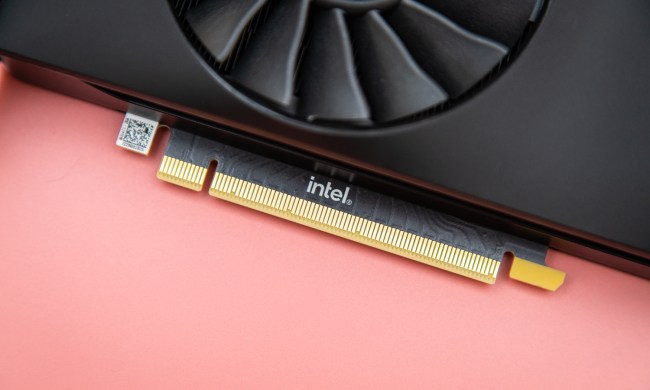
Intel has just made a slew of exciting announcements regarding to its Arc Alchemist GPUs, which are some of the best graphics cards for a more budget-oriented build. Since the launch of its flagship GPU, the Arc A770, Intel has been hard at work releasing frequent fixes to optimize the performance. Now, over 30 driver updates later, Intel is talking about the boost in games its GPUs have received. It’s also ushering in a brand-new open-source tool.
Upon the launch of Intel’s discrete graphics cards, it was clear that while Arc GPUs were solid in DirectX 12 games, they lagged behind in titles that use DirectX 11 and DirectX 9. Now, Intel claims that the latest Arc drivers bring major improvements in that regard. It showed its own benchmarks in various games to prove that things are different now, all based on testing with an Arc A750 GPU.
Starting with DX9 gaming performance in 1080p, Intel has noted performance gains ranging from 10% in Guild Wars 2 to a whopping 77% in Counter-Strike: Global Offensive. League of Legends and Skyrim both showed great improvements, too, hitting 45% and 77% greater frames per second (fps), respectively. This spread of esports games spells good news for gamers who want to buy an Intel Arc GPU. Being a budget card, it was made to handle these types of games, and now, it sounds like they’ll be playable.
DX11 shows smaller, but still substantial gains, with games hitting between 5% and 33% higher fps on average. This translates to improvements like 340 fps to 376 fps in League of Legends and 66 fps to 84 fps in GTA Online. Overall, Intel claims that its GPUs are now 19% faster in DX11 games on average, with 20% smoother 99th-percentile fps.
Intel also briefly mentioned its rival to Nvidia’s Deep Learning Super Sampling (DLSS), XeSS. This tech is now supported by over 70 games, and while it’s not as impressive as Nvidia’s latest DLSS 3, it still has its perks and is slowly growing more widespread. Intel is also introducing the GPU Busy metric to its graphics cards. This is usually a good indicator of how much your GPU is being utilized during each frame, and Intel hints that it should lead to a better balance between CPU and GPU workloads in games.

Lastly, Intel is introducing PresentMon — a new performance overlay with capture and telemetry options that looks like something akin to Nvidia’s Shadowplay. With PresentMon, you’ll be able to track average fps, GPU Busy, frequency, voltage, temperature, and memory usage in real time while playing. There’s also the option to capture game footage.
The new tool is said to support multiple GPU vendors, as well as provide integrated GPU telemetry and capture. Intel also states that it’s open source and will offer broad API support, and if you’re a GPU whiz, there are command line options for power users.
All in all, Intel’s latest update looks pretty impressive. While its GPUs can’t compete against the latest options from AMD and Nvidia, Intel consistently improves the cards it currently has, and they’re affordable, too. Perhaps these new performance gains will make Arc GPUs start popping up in more PC builds.



